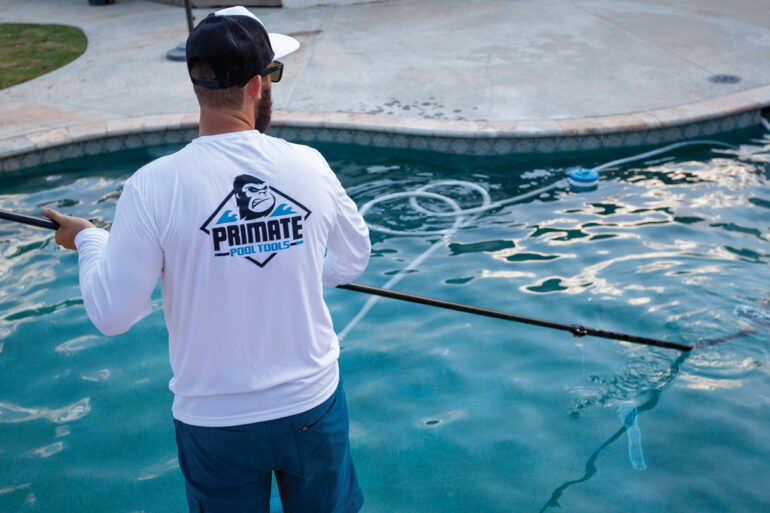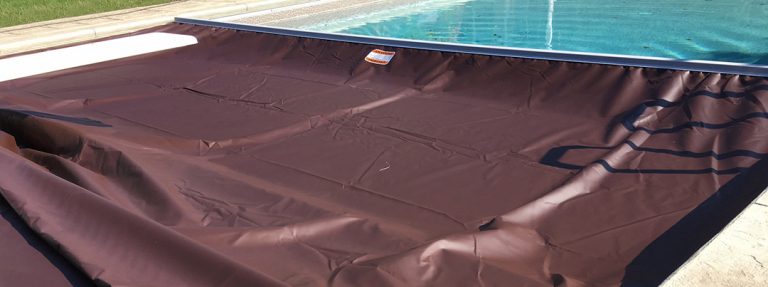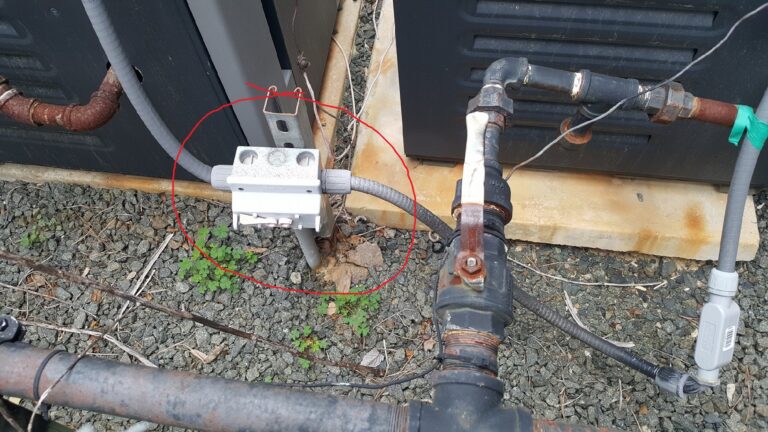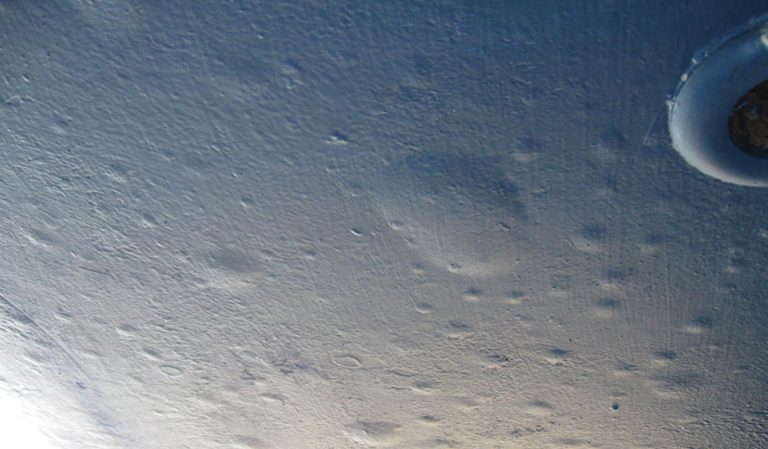Chemicals on Board
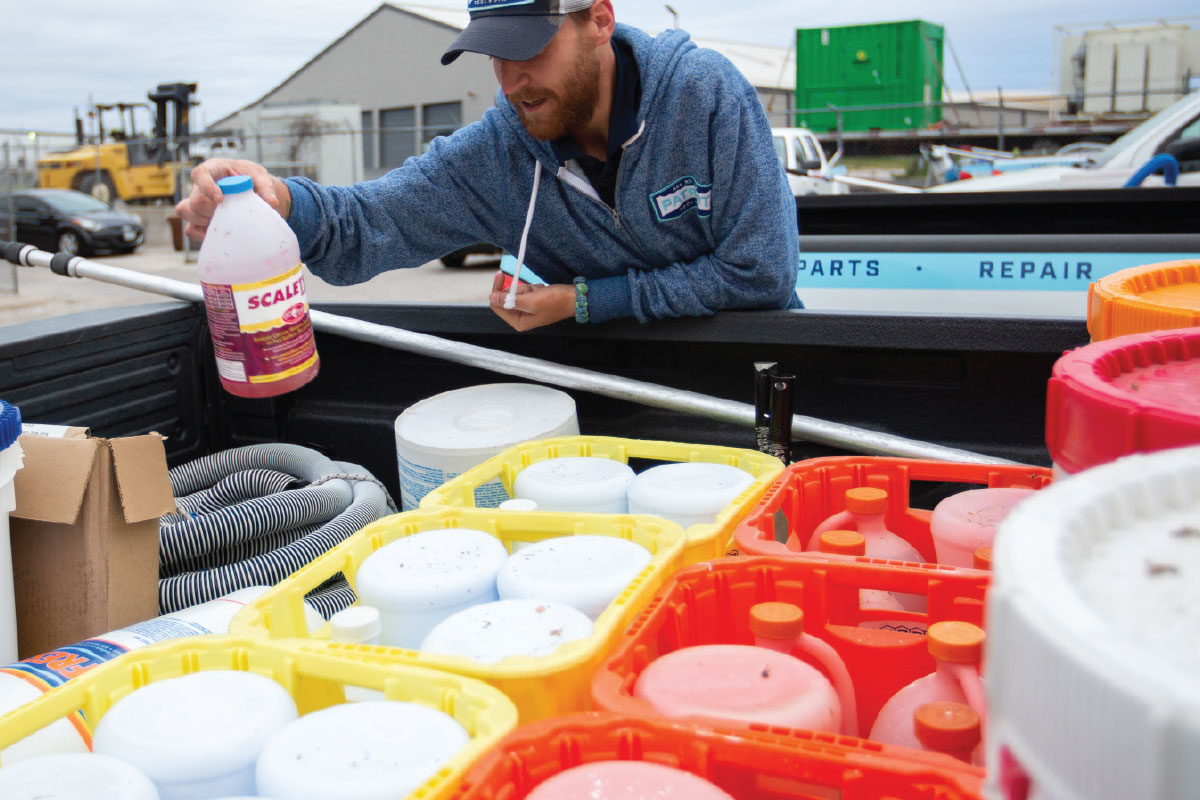

In an industry with little room for error, a pool service technician’s knowledge is crucial to safely transporting hazardous materials. Danny Brodersen, commercial service manager at Millennium Pools in Springfield, Virginia, says this starts with awareness for what is being transported, what it does and its location in the vehicle.“One of the biggest things is not mixing up the products and understanding all of the chemicals that [pool service techs] handle,” Brodersen says.
None of the chemicals a pool pro transports like each other very well, says Ron Hetzner, owner and vice president of Oreq Corp in Temecula, California, who provides a chemical transportation class at pool service industry tradeshows. A clean and well-organized service vehicle should keep various chemicals as far apart as possible, Hetzner says.
“When transporting pool chemicals, make sure they are in a closed container, kept separate from any flammable material and labeled,” says Johnny Rangle, president of Clearline Pools, Inc., in Redwood City, California. “Our techs check and tighten all pool chemical caps or lids, secure pool chemicals in plastic tubs or boxes, separate incompatible pool chemicals from each other and drive using caution to avoid accidents.”
Brodersen adds that Bungee cords can be useful to ensure chemical containers don’t fall over when the vehicle turns. Injuries to technicians and others are possible otherwise.
Chemicals like sodium bisulfate and oxidizers like calcium hypochlorite are corrosive and can burn eyes and skin. To avoid injury, protective equipment is essential, be it gloves or glasses depending on the type and form of the chemical. In addition, “you could have breathing problems pretty instantly, depending on what the chemical is that you’re exposed to and what the level of exposure is,” Brodersen says.
Every service vehicle at Millennium Pools contains a Material Safety Data Sheet from the Occupational Safety and Health Administration, which Hetzner says is one of the best measures a company can take.
“If an accident does happen, they can flip it open to the [four-digit United Nations numbers] that identify hazardous materials and articles, and [the book tells them] how to deal with it,” Hetzner says. “If [the spill] is more than you think you can handle, get the fire department or the police department.”
Properly labeling items is crucial, especially in case of emergency, Hetzner says, cautioning against reusing buckets and containers for items like soda ash or tools.
“That’s just a real no-no,” Hetzner says. “If the fire department or the highway patrol rolls up and there’s an accident, they have no clue what they’re going into. And if the stuff is not properly marked, they’re at a real loss.”
The Department of Transportation requires drivers to notate the UN numbers for materials being transported within the vehicle, though Rangle says these requirements aren’t widely regulated. Further, each municipality may have its own regulations on transporting chemicals.
Brodersen, a former firefighter, says his training in that career is where he learned most about emergency responses to hazardous chemicals. The lack of pool industry standards and regulations in this area concerns him. All hazardous chemicals are required to have hazard logos on them, and while pool technicians are required to know what they stand for, he says many don’t. “I have to know what all these roadside signs mean in order to drive, but I don’t have to know what all these labels mean for me to drive hazardous chemicals,” Brodersen says.
Rangle says trucks carrying sanitizers and oxidizers must be placarded per Department of Transportation standards, and the driver needs to be trained in emergency procedures, such as how to respond to a spill due to a collision or overturned truck. However, Brodersen says many pool professionals are not aware of the requirement and do not always remember protocols. Licensing may also be required, depending on the weight of pool products being transported. “If you’ve got over 1,000 pounds of products on your vehicle, you need a hazardous material license,” Hetzner says, adding that most pool service technicians will likely be transporting fewer than 500 pounds.



